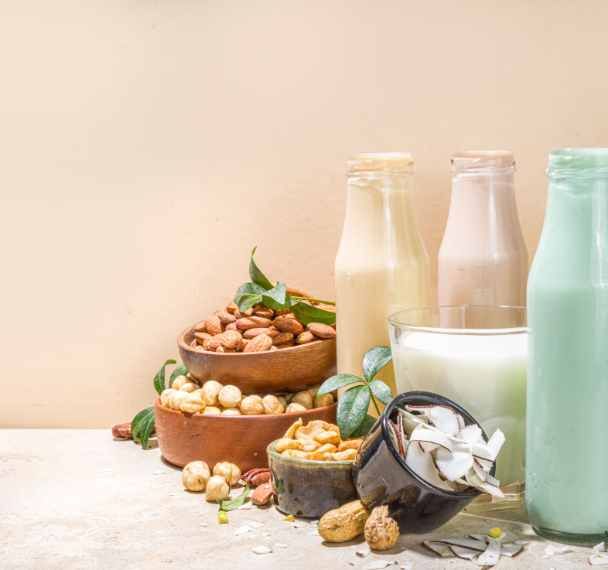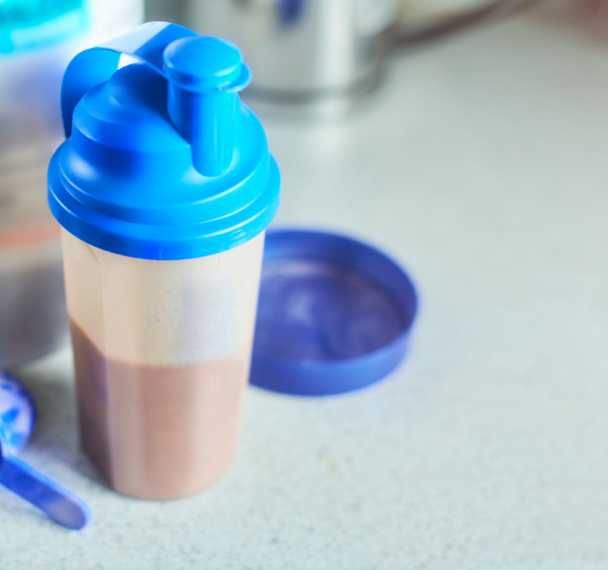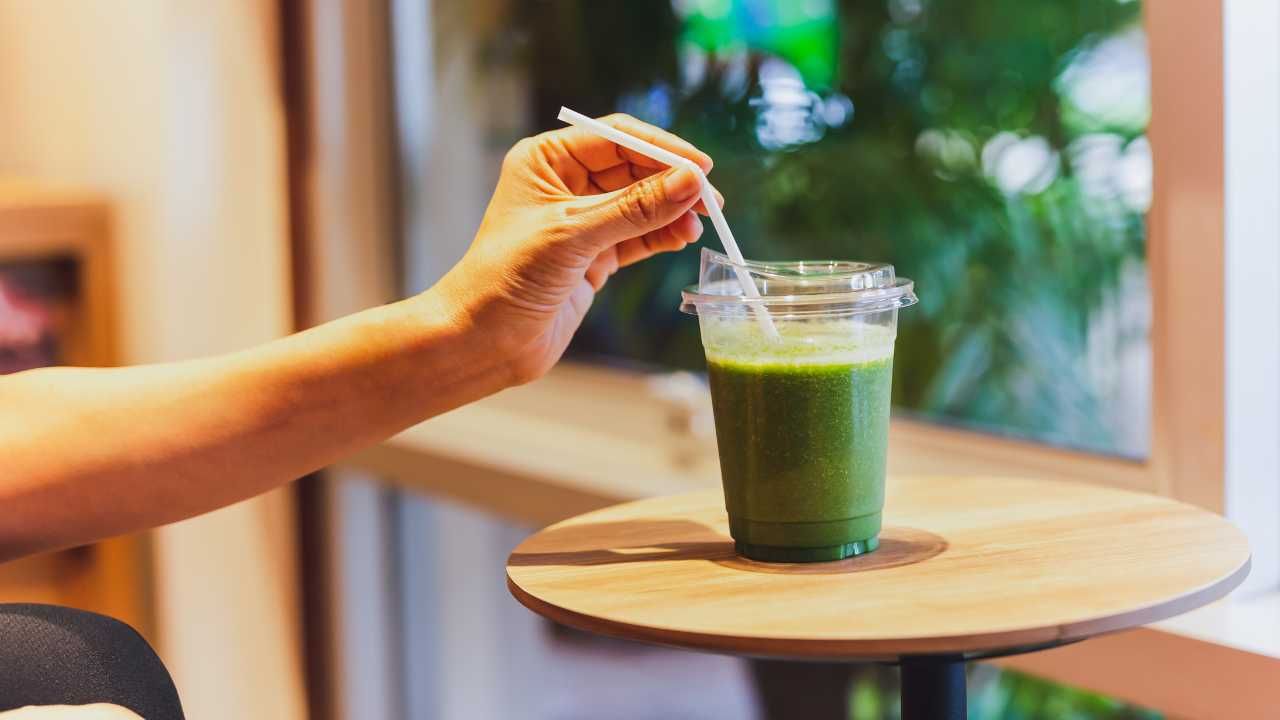Unveiling the Truth: The Safety of Food Flavourings
Dec 19, 2023
Introduction
When it comes to the food we consume, one question often stands at the forefront of our minds: "Is it safe?" This is particularly relevant when considering natural and non-natural flavourings and essential oils, an integral part of our food & beverage experiences.
This blog aims to guide you through the complex world of food flavourings, unravelling how their safety is ensured and regulated across the globe.
Join us as we explore the science and regulations that answer the all-important question: "Are flavourings safe?"
What does the legislation say?
Organisations
Regulatory entities dedicated to food safety keep a keen eye on natural and non-natural flavourings, as well as their raw materials.
The Food and Drug Administration (FDA) serves as the primary supervisory entity in the United States, while the European Food Safety Authority (EFSA) plays a similar role in Europe, and the Food Standards Agency (FSA) does so in the UK.
In addition to these, a variety of other governmental and industry-specific organisations participate in the formulation of food safety and quality standards. These include:
🔸The European Flavour Association (EFFA)
🔸The International Organisation of the Flavor Industry (IOFI)
🔸Flavors and Extract Manufacturers Association (FEMA)
🔸The Food Chemical Codex (FCC)
🔸The Joint FAO/WHO Expert Committee on Food Additives (JEFCA)
Although many global entities tend to follow the regulatory frameworks established by either the US or the EU, one notable difference between these regulations is the way they define a natural flavouring.

Despite the collective efforts of these organisations to ensure the safety and quality of food and beverage ingredients, a single set of universal regulations for such ingredients is yet to be established.
The food law and flavourings
Food Law applied to flavouring primarily focuses on 3 aspects: food safety, regulatory compliance, and trade transparency.
Food safety laws require natural and non-natural flavourings, as well as their raw materials, to be safe and of food-grade quality.
They mandate detailed specifications for each flavouring substance and additives, and outline the necessity for effective contaminant management, ensuring that the food & beverage are not compromised.
The conditions of use are also examined, asking if the flavour is safe for human consumption under the specified conditions, for instance maximum dosages in specific applications.
The regulatory compliance laws determine whether essential oils, natural, and non-natural flavourings, along with their raw materials, are permitted in food and beverage products within a given country.
These laws also assess if they can be included in the final product under specific conditions, considering factors such as the type of food, flavouring substances, solvents used, and where the food will be sold.
Lastly, trade transparency emphasises consumers' right to know and choose. This includes clear product descriptions, compositional claims like "No Artificial Flavourings," dietary claims such as "Gluten Free" and "Halal," and the disclosure of nutritional information.
It encourages transparency in labelling, ensuring consumers have access to comprehensive information about the product.
It's important to understand that both natural and non-natural flavourings are made up of chemical substances created through chemical processes.
The main difference between natural and non-natural flavouring lies in the source and extraction process of flavouring molecules. Non-natural flavouring substances, while often identical on a molecular level to those found in nature and used in natural flavourings, are synthesised in a laboratory.
Therefore non-natural flavouring are no more or less safe than natural flavouring.
Flavouring can be hazardous

Both natural and non-natural flavourings, as well as essential oils, can be hazardous due to their raw materials and high concentration.
These products must adhere to strict regulations set by the United Nations' Globally Harmonized System (GHS).
The GHS provides a worldwide approach to classifying, labelling, and communicating the hazards associated with chemicals throughout their supply chain.
Its goal is to ensure consistent safety information to protect consumers, workplaces, and the environment by increasing awareness of potential risks.
In Europe, the Classification, Labelling, and Packaging (CLP) system aligns with the GHS. After Brexit, this system was adopted into UK law with slight modifications to suit the GB market.
Flavour houses have the responsibility of evaluating the hazardous nature of their flavourings and essential oils. Non-compliance with GHS regulations can result in legal consequences, including penalties and/or imprisonment.
Important documents
The essential documents provided by flavour houses include a Technical Data Sheet (TDS) and Safety Data Sheets (SDS).
A TDS is a document that provides detailed information about the product, such as a product description, categorisation, quality analysis, application information, and certifications.
An SDS is necessary for any substance or mixture that is classified with a hazard under the GHS system. It contains information on the product description, classification, hazard identification, and safety measures.
To classify flammable or combustible natural and non-natural flavourings and essential oils, the flash point and boiling points are determined.
The flash point is the lowest temperature at which the vapours of a volatile material will ignite when near an ignition source.
The classification of flavourings has an impact on various requirements, including labelling, storage, shipping, and disposal. Therefore, determining the flash point is crucial for establishing appropriate transportation safety measures for volatile organic compounds, which includes flavourings and essential oils.
It is important to note that most natural and non-natural flavourings and essential oils are used in very small amounts in food and beverage products, typically less than 0.3% of the finished product. As a result of this dilution, they are no longer flammable once added to a food or beverage product.
Risk analysis
In 2012, the Commission set a regulation (EU 872/2012) that defined a list of flavouring substances that can be safely used in food. The flavour industry can only use the flavourings substances that are on this list.
The Regulation (EC) No 1334/2008 sets the rules for safely using flavourings. It defines the different types of flavourings and states which ones need further evaluation and approval. It also limits the use of certain natural and non-natural substances in food that aren't desirable for health reasons.
For instance, propylene glycol, a common food-grade solvent used in the flavour industry, has a maximum limit of 0.3% in food and 0.1% in beverages, in the finished product.
Regular risk analysis is performed on essential oils, natural and non-natural flavouring substances and additives used to create flavourings. These analyses are used to identify potential hazards, assess the levels of exposure, and determine the health risks. This process is crucial for maintaining high standards of food safety.
The insights that come out of these risk analyses are based on scientific evidence and are made public. This information helps guide decisions about laws and provides advice to businesses and consumers.
There are many reasons why a risk analysis might be started. It could be due to a potential food safety risk, a request from a business or country, ongoing trade negotiations, issues with policies, or a request for advice from other government departments.
Conclusion
As we conclude our exploration of the complex world of food flavourings, it is clear that stringent measures are in place to ensure their safety and quality. Therefore, we can confidently state that both natural and non-natural flavourings are safe for consumption.
It is important to emphasise that non-natural flavourings are equally safe as natural flavourings.
Central to this is the Food Law, which acts as a guiding light in the industry, focusing on food safety, regulatory compliance, and trade transparency.
It ensures that the ingredients we consume, including flavourings, are not only safe and of high-quality, but also meet all legal requirements. Further, it emphasises the importance of transparency in labelling, empowering consumers to make informed choices.
The role of flavour houses cannot be overlooked, as they provide in-depth documents like the Technical Data Sheet (TDS) and Safety Data Sheets (SDS). These resources offer a wealth of information about a product's technical properties, quality, applications, hazard identification, and safety measures.
Perhaps most crucially, the cycle of safety is maintained through regular risk analyses. These analyses, grounded in scientific evidence, ensure that the safety of food flavourings remains a top priority and provide insights that guide legislative decisions and offer advice to businesses and consumers.
In essence, the journey of ensuring the safety of food flavourings is a collaborative, rigorous, and ongoing process. It's a testament to the collective efforts of various entities working towards the shared goal of food safety, ultimately ensuring that the flavourings are safe and trustworthy.
Link to related blogs you may enjoy
🔶Flavourings Unwrapped: What is a flavouring?
🔶 Demystifying Flavour Masking: Techniques for Balancing and Covering Unpleasant Tastes & Flavours
🔶Unleashing the Zest: Exploring the World of Citrus Essential Oils
🔶 Flavour Creators: Exploring the Job of a Flavourist
References
Previous experience includes working at a flavour house, where I received comprehensive flavour trainings.
European flavour association (EFFA) https://effa.eu/eu-legislation/flavouring-legislation
European legislations: Flavouring Ingredients EC (1334/2008) https://www.legislation.gov.uk/eur/2008/1334/contents
Health and Safety Executive, The GB CLP Regulation, https://www.hse.gov.uk/chemical-classification/legal/clp-regulation.htm
European Commission, EU Lists of Flavourings, https://food.ec.europa.eu/safety/food-improvement-agents/flavourings/eu-lists-flavourings_en
European Commission, Food Flavouring Database, https://ec.europa.eu/food/food-feed-portal/screen/food-flavourings/search
FSA, How risk analysis keeps food and feed safe, https://www.food.gov.uk/business-guidance/how-risk-analysis-keeps-food-and-feed-safe
FSA, Risk analysis process flowchart, https://www.food.gov.uk/document/risk-analysis-process-flowchart
Michael Sabisch, David Smith, White Paper, The Complex Regulatory Landscape for Natural Flavor Ingredients, https://www.sigmaaldrich.com/GB/en/technical-documents/technical-article/food-and-beverage-testing-and-manufacturing/regulatory-compliance-for-food-and-beverage/natural-flavor-ingredients-regulations#definitions
The UK flavour association, Useful resources, https://www.ukflavourassociation.org/resources.php
CBI, Ministry of Foreign Affairs, Which requirements must natural colours, flavours and thickeners comply with to be allowed on the European market? https://www.cbi.eu/market-information/natural-colours-flavours-thickeners/buyer-requirements








